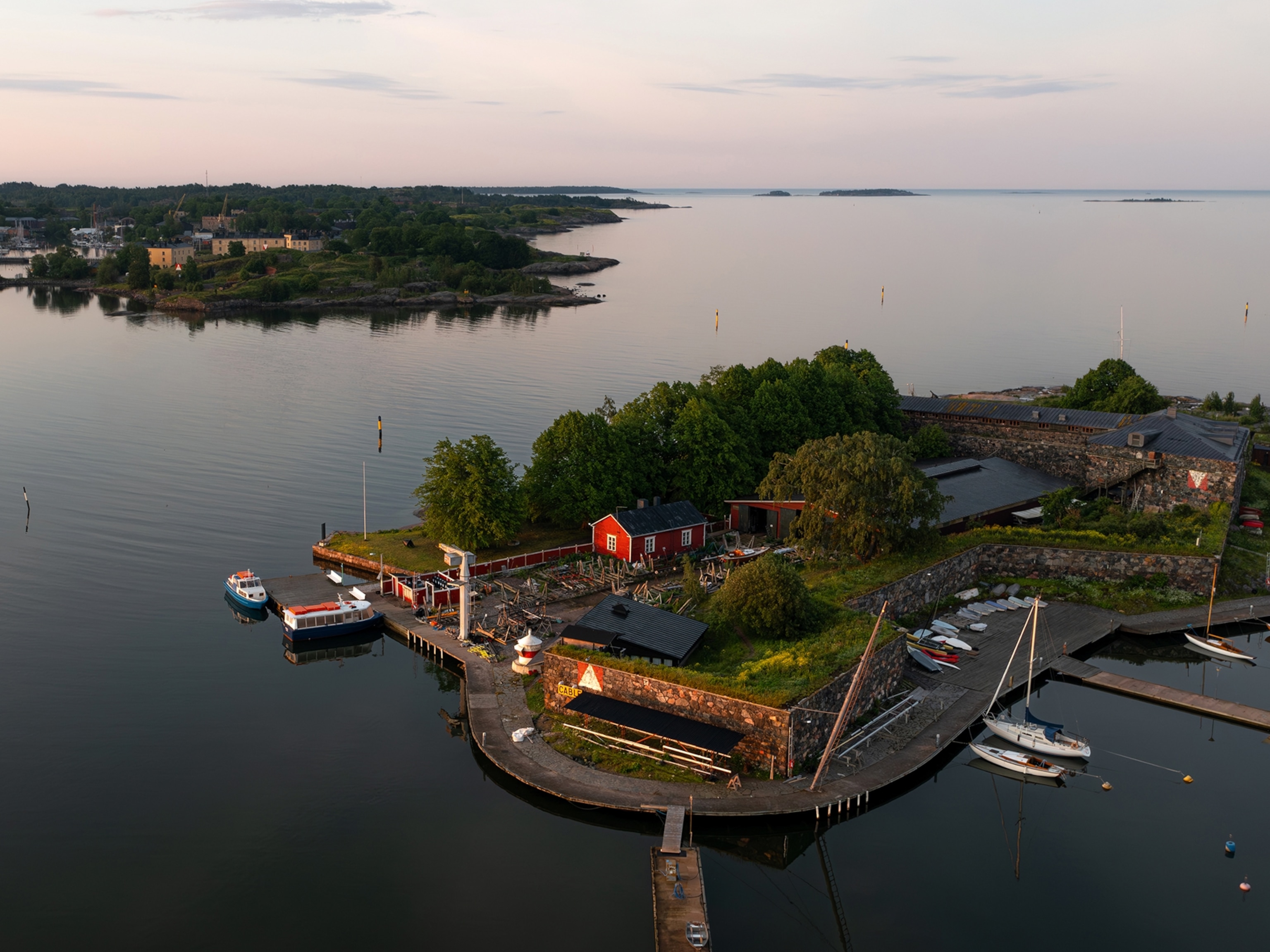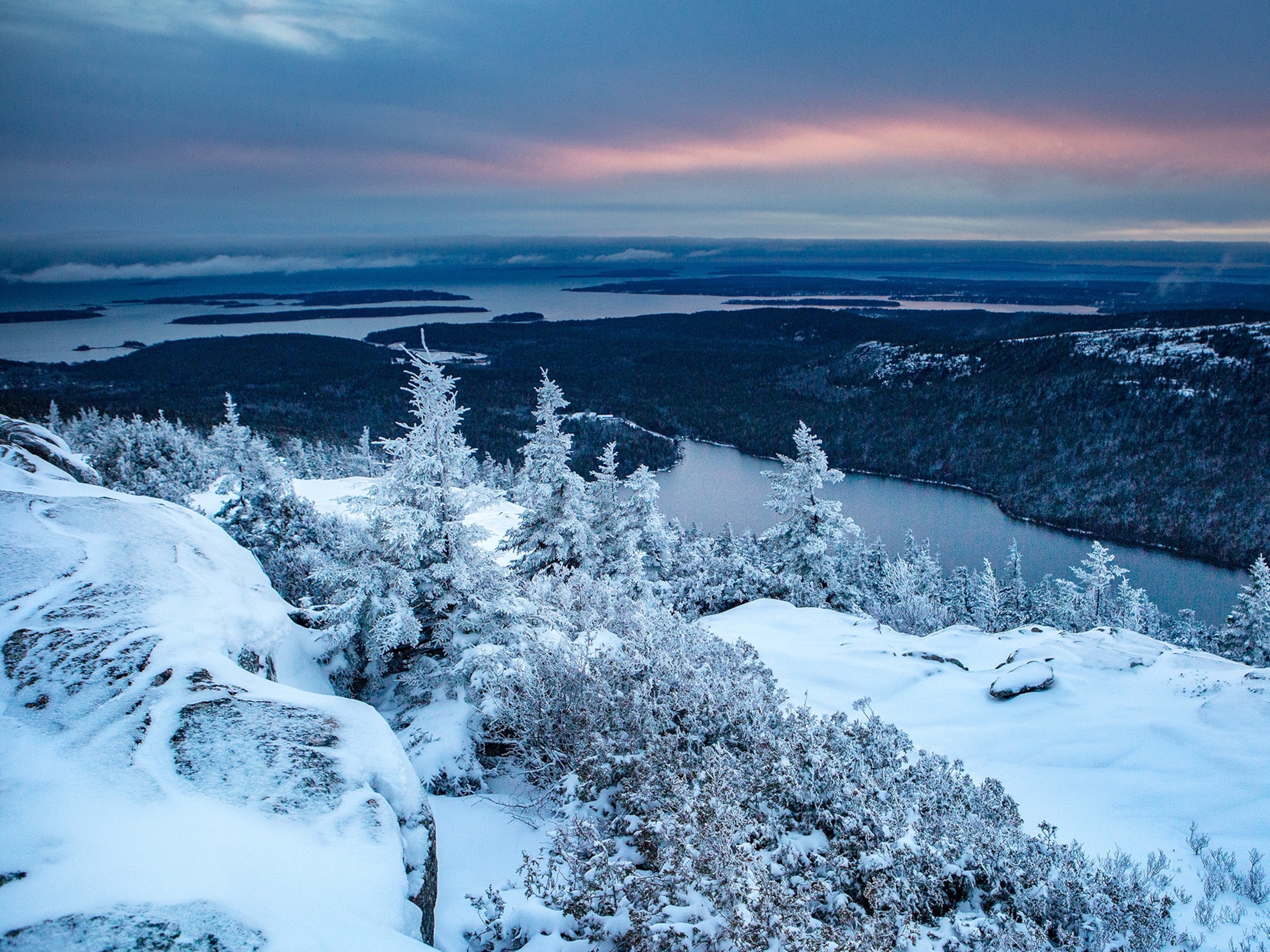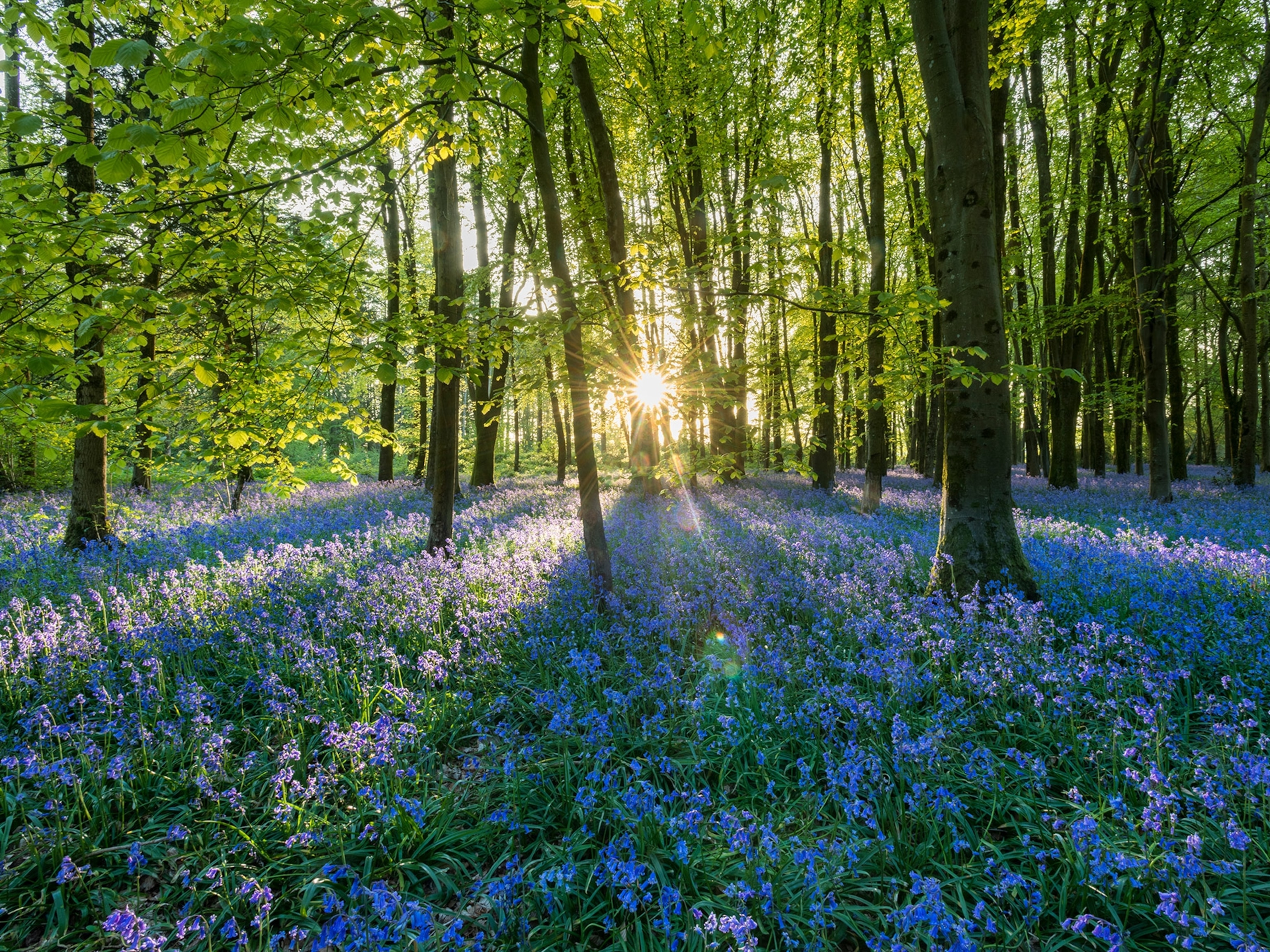A salute to public pools, America’s last great communal spaces
Why people of all kinds come together at swimming spots from New York City to Midwestern farm towns.
From sunbaked Los Angeles to cornfield-flanked towns in the Midwest, United States communities large and small share a common summertime obsession: the public swimming pool. For many kids, these pools capture the season’s essence, setting the rhythm of days till school starts again.
Whether you’re a local or a visitor, a plunge into one of the country’s thousands of municipal watering holes offers a chance to cool off and find common ground with strangers, an increasingly rare opportunity in a polarized country.
Like many communal “bathing” rituals (Japanese hot springs, Turkish hamams), America’s public pools began with a civic push toward good hygiene and better physical health. Between the 1890s and the 1940s, both indoor and outdoor natatoriums sprung up around the country. “Neighbors played, chatted, and flirted with one another, but they also fought about who should and should not be allowed to swim,” says historian Jeff Wiltse, author of Contested Waters: A Social History of Swimming Pools in America.
Initially, social classes, races, and even the sexes mixed at some facilities. But by the mid-1950s, pools were public in name only: municipalities across the U.S. segregated swimming facilities along with busses, movie theaters, and other shared spaces. Protests and Civil Rights legislation gradually forced their integration, but communities fought to exclude people of color.
When St. Louis, Missouri, desegregated its Fairgrounds Pool in 1949, about 30 Black children showed up to swim only to be forced out by thousands of white protestors. Other facilities admitted people of color just once a week—usually the day the pool was drained and refilled for the white swimmers who showed up the rest of the week.
(Learn why U.S. public pools are still haunted by the legacy of segregation.)
When the 1964 Civil Rights Act definitively outlawed segregation in public places, many people began abandoning municipal pools for private swim clubs and backyard pools. Urban tax revenues shrank; city pools grew dilapidated, and many closed. Ironically, the people for whom public pools were originally created—poor and working-class families—often found themselves living far from spots to take a dip.
Today, there are more than 300,000 municipal pools in the U.S., open to anyone with a government I.D., a few bucks, and a towel. Curious about who was frequenting them now, I took my camera on the road and visited more than two dozen public pools.
If you want to get a feel for a place’s character, culture, and history, visit a public pool. Some are restored early 20th-century marvels, like Northern California’s circa-1926 Richmond Plunge. Others are surrounded by nature (the palm tree-framed Turkey Lake Pool in Orlando, Florida) or dazzling architecture (the Astoria Pool in Queens, New York, backdropped by the Robert F. Kennedy Bridge).
Some are inclusive, cold, refreshing versions of the melting pot, like Philadelphia’s Ridgeway Pool or Barton Springs in Austin, Texas. At the latter, both the chilly, spring-fed water and the blend of bathers (nine-to-fivers, free spirits, Latinx teens, University of Texas sorority members) still feel delightfully diverse. The 2021 movie version of Lin-Manuel Miranda’s musical In the Heights featured a joyous scene with 90 dancers hip-hopping and belly-flopping at Highbridge Pool in New York City.
(Dip a toe into the history and science of soaking in U.S. hot springs.)
Other pools reflect Americans’ continuing struggles to mix with people who don’t look, talk, or live exactly as they do. At Washington, D.C.’s Banneker Pool, established for Black residents in 1934, I saw people of all ages and skin tones, but little mingling (except in the diving-board line). Nonetheless, public pools remain vital sanctuaries for those who don’t live in gated communities or belong to private swim clubs. “Coming here kept me off the streets,” says Alex McCall, Banneker’s manager. “I’m going to love this pool till the day I die.”
Photographer Gregg Segal is the author of Daily Bread and a contributor to TIME, Smithsonian, Wired, and other publications. Follow him on Instagram.





